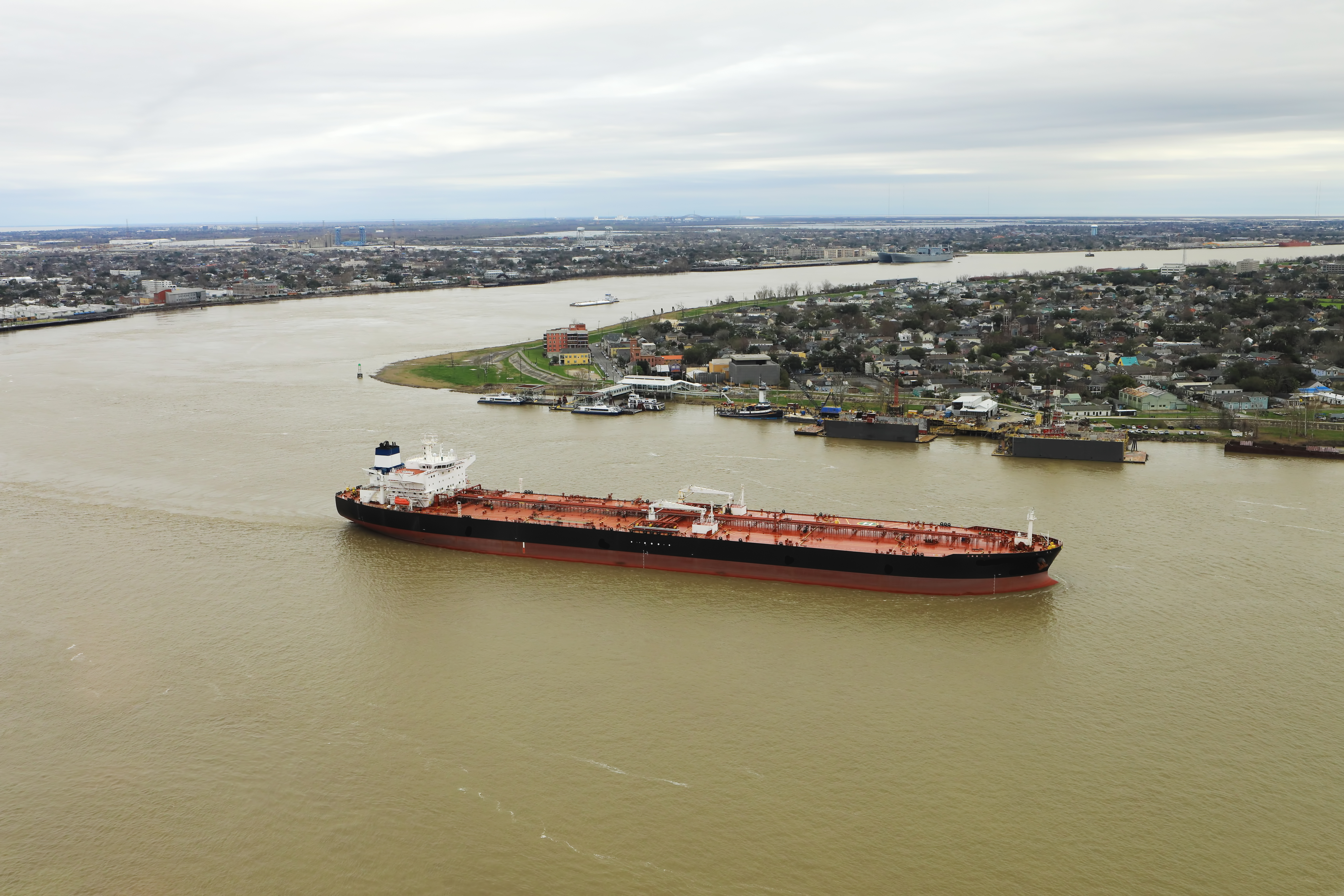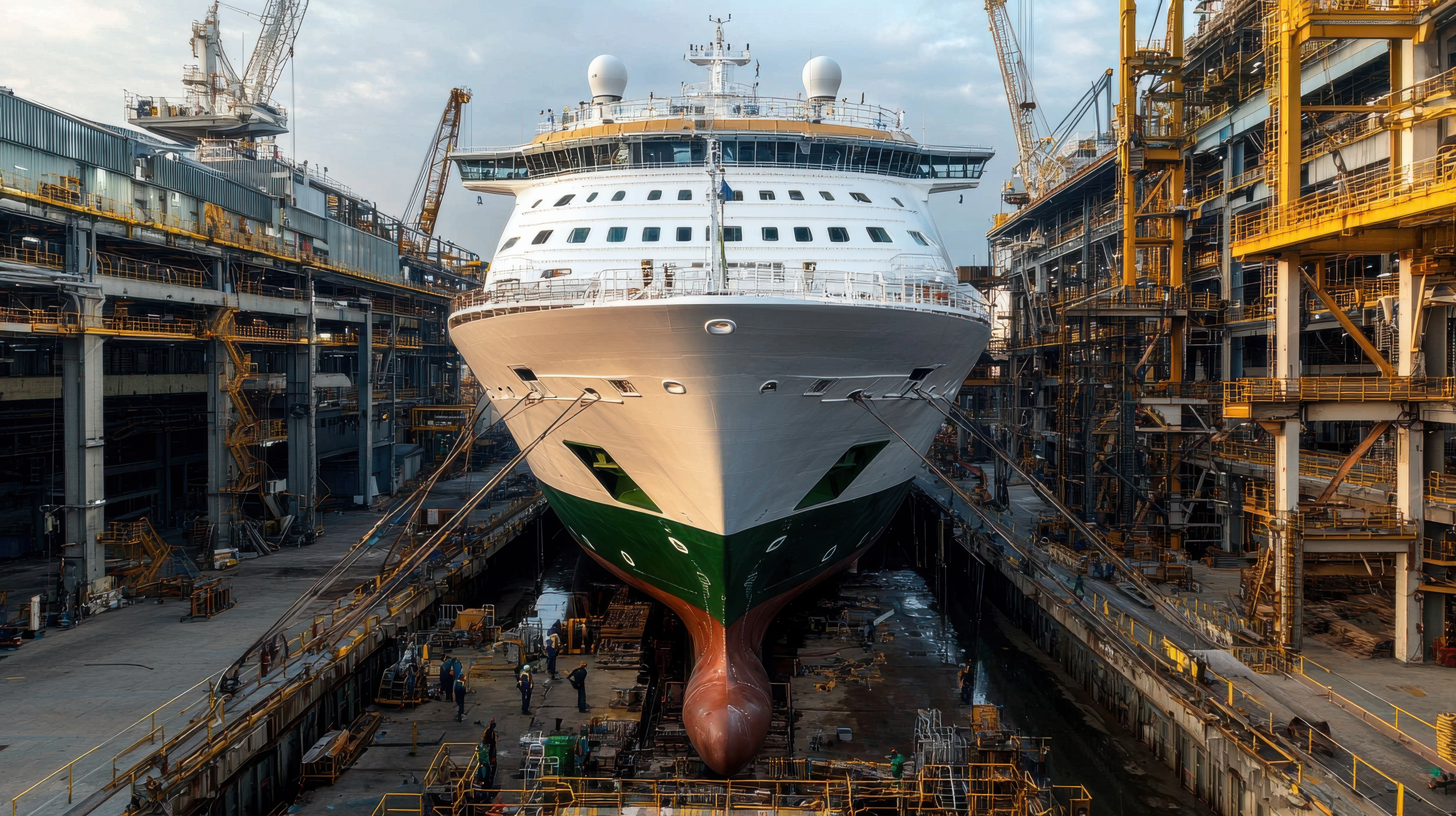Why is Hold Preparation and Cleanliness Important?
Hold preparation is probably the most vital part of bulk carrier operations. If it is not undertaken properly, it can result in substantial cargo claims, delays, additional cleaning, survey costs and expensive off-hire disputes.
Potential Reasons for Failing Hold Inspections
A vessel may fail a hold cleanliness inspection for any number of reasons which could include; excessive rust and paint flaking; previous cargo residues; odours and/or taint from paint or chemicals, infestation or wetness.
Preparation of The Holds
When preparing the holds, the Master should consider the following points which are not exhaustive of:
- To review carefully the voyage instructions and Charterparty, and by consulting with the vessel’s Managers/Charterers. The Master should clarify if there are any discrepancies in the cleanliness requirement between the Charterparty and Voyage Instructions.
- Is there sufficient equipment on board?
- Chemicals and applicators
- Hoses, brooms, extendable poles and scrapers;
- Mucking winch and waste drums.
- Most well-managed bulk carriers these days should have a Combi Gun or similar, which is capable of reaching the upper parts of the cargo compartments with sufficient pressure to remove resides and any loose rust and/or paint.
- Time required between ports for hold cleaning – weather on voyage, crew Hours or Rest Regulations
- Consideration of and MARPOL regulations with regards to wash water and cargo residues.
- It is essential to maintain good records and photographic reports on hold cleaning/maintenance operations.
- In the event of cargo claims good records/logs will assist Owners in showing due diligence.
Examples of Cargoes Classified by Cleanliness
With regards to the various types of cargo, these can be generally classified into three categories according to cleanliness.
Clean cargoes such as Soda Ash or Mineral Sands could potentially be damaged by any form of contamination. These normally require the compartments to be ‘hospital clean’ before loading.
Cargoes such as grains, fertilisers and cement are normally deemed ‘moderately clean to moderately dirty cargoes’ and typically require the hold to be at a ‘grain clean’ standard of cleanliness.
Dirty cargoes such as Bauxite or some types of coal are unlikely to be contaminated by any small amounts of rust or paint from the steel structures within the holds, although it is very important to check the exact cleanliness requirement.
Clean Cargoes Usually Defined By ‘Hospital Clean’
For a ‘hospital clean’ standard of cleanliness, there should be no rust, no loose rust, no loose paint flakes and no previous cargo residues. Ideally, all steel surfaces and fixtures, including the tank top plating within compartment, should have good, overall paint coating. This strict cleanliness is usually only achievable by vessels that only trade clean cargoes.
What Is A ‘Grain Clean’ Standard of Cleanliness?
A ‘grain clean’ standard of cleanliness is generally the most common requirement when preparing the holds. The Charterparty or voyage instructions may simply say prepare the holds to a “…grain clean standard…” or be more descriptive and state for example “…free of salt, loose rust scale and previous cargo residues…”.
The United States Department of Agriculture (USDA) gives a definition which is about
the average of the worldwide requirements for a ‘grain clean’ standard within (Directive of the Federal Grain Inspection Service for Stowage Examination Services, section 7, Standard of Fitness).
“A stowage area must comply with the standards of fitness established herein to be considered clean; dry free of infestation, rodents, toxic substances and foreign odour…”.
Rust and Paint Scale
“A stowage area must not contain more than 25 square feet of loose rust scale or paint scale in a single area or more than 100 square feet of loose rust scale or paint scale in aggregate.” “Loose scale will break when struck with the fist if when light pressure is applied with a scraper/knife under the edge.”
Although it goes on to state that if commodities not requiring further processing before human consumption, “…the stowage area must not contain any loose rust or paint scale…”.
Generally hard adhering rust is acceptable for a ‘grain clean’ standard.
The Reality
It is well known within the shipping industry that some ports/cargo exporters in the world, may allow some minor loose rust and/or paint at the low/middle end of the ‘grain clean’ band.
Conversely, some port and exporting countries require a slightly higher standard ‘grain clean,’ with Australia considered to one of the strictest with a “zero tolerance” criteria.
Therefore, ‘grain clean’ is not so much a specified standard, but rather a band or range of cleanliness for a range of different cargoes. The Master should be mindful that different countries and surveyors may have a slightly different interpretation.
It is important to maintain good records of all hold cleaning and maintenance operations which will assist Owners in the event of any cargo claims and show undertook due diligence.




